Theme Festival - Teen Programming
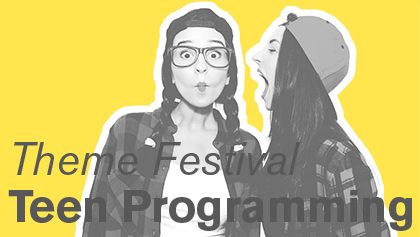
Reaching teen audiences has always been difficult, but have social video platforms like TikTok made that job more difficult or provided TV companies with a new route to market? Karolina Kaminska reports.
In the age of streaming there has never been more programming available for TV audiences to choose from. For the arguably more tech-savvy and social media-friendly youth of society, the choice is even greater thanks to the advent of social channels on apps and platforms like YouTube, Snapchat, Instagram and, more recently, TikTok.
“Young people are completely adapted to the streaming video world. I personally miss linear TV and flicking through the TV guide and finding things, but teenagers have definitely adapted to knowing what they want and seeking it out and enjoying it on digital platforms,” says Luke Hyams, head of originals for YouTube EMEA.
“The adoption of vertical videos on sites like YouTube Shorts, on TikTok and on Instagram has been incredible. It’s been such a big thing for the teen generation and I don’t think it is just a fad. I don’t think this will ever go away for that generation; these video consumption habits will be constant and continue to grow throughout their lives.”
While shortform content on social platforms has been a huge hit with teenagers, it only represents one type of programming they like to watch, according to Hyams.
“We have a generation of young people who live in this amazing world where there are video options and solutions for different points of your day and your journey, whether it’s shortform vertical content for when you’re out and about or using to communicate with friends, whether it’s stuff that you watch in the living room with your family, or stuff that you watch personally on your own iPad. There are different things that people watch at different times of day, which is so much more segmented than what we grew up with, which was just basically four or five channels,” he says.
Meg O’Connell, director and producer at Australian prodco Unless Pictures, which is currently co-developing teen dramas Debatable and Templeton, agrees that teenagers have a variety of preferences when it comes to content.
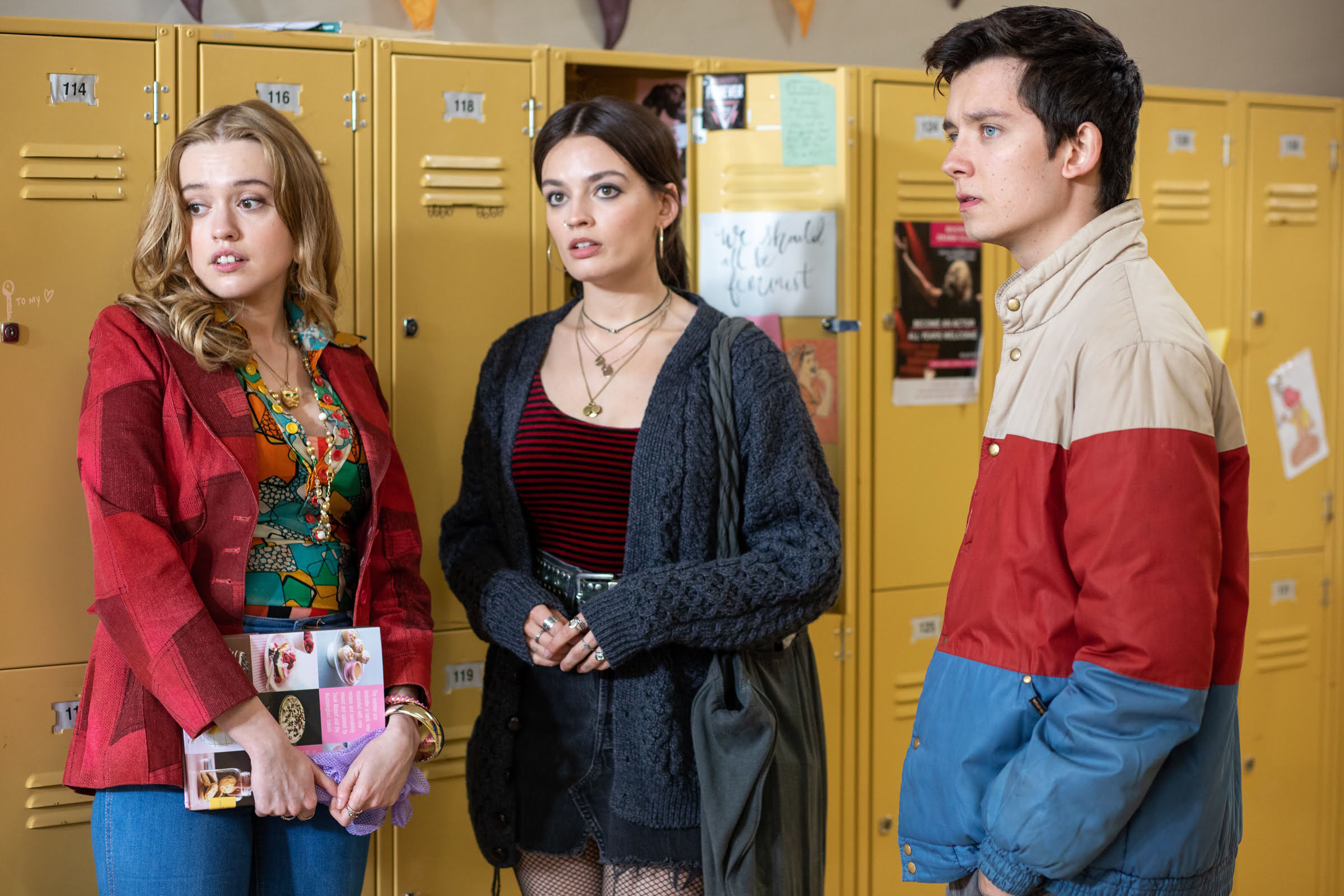
“Teenagers are fairly genre-indifferent for the most part. The idea that all YA falls under sci-fi or high school drama is mostly outdated. It might be true for big-budget shows like The 100, Riverdale, Sex Education and Derry Girls, but teenagers enjoy romance, reality, documentaries and hybrid genres too. The same goes for formats,” she says.
“Generation Z have grown up watching content — a lot of the time on the same device — so differentiating between a longform show on Netflix or a shortform show on YouTube, or an even shorter show on TikTok, is irrelevant to them in terms of preference. They’re so content-literate that they can pick up on a narrative trope whether it’s filmed in 4K or on an iPhone. Similarly, they’re so accustomed to changing between apps and platforms that they read the visual language of a platform very quickly and know immediately if it works or not.”
Teenagers’ use of social media and digital devices also increases their exposure to news and current societal issues the demographic was perhaps much further removed from in the past. In this respect, teens have more awareness around subjects like politics, sustainability and equality, which is becoming increasingly evident in the content they watch.
“We see a lot of data that is really encouraging about how many young people are watching videos that have some sort of personal growth element to them on YouTube. They also really care about seeing entertainment with a purpose. They like the fun stuff too, but there’s definitely a big move towards content that isn’t just throwaway. Whether it’s something about sustainability or racial injustice or gender inequality, there’s something in this generation that really makes issue-based stuff resonate with them when it’s presented to them in an accessible way,” says YouTube’s Hyams.
YouTube has a couple of youth-led programmes at the moment that touch upon these issues, including recently launched Raise Your Game with Gareth Southgate, from London indie Zig Zag Productions.
The feature doc follows four young YouTube creators as they explore the England football manager’s life lessons, career journey and ambitions, while discussing issues like mental health and the place of women in football. Each YouTube creator’s story breaks off from Southgate’s interview to tell a tale of an inspirational young person in the UK, linking back to the manager’s three core motivational beliefs: be kind, be brave and follow your dreams.
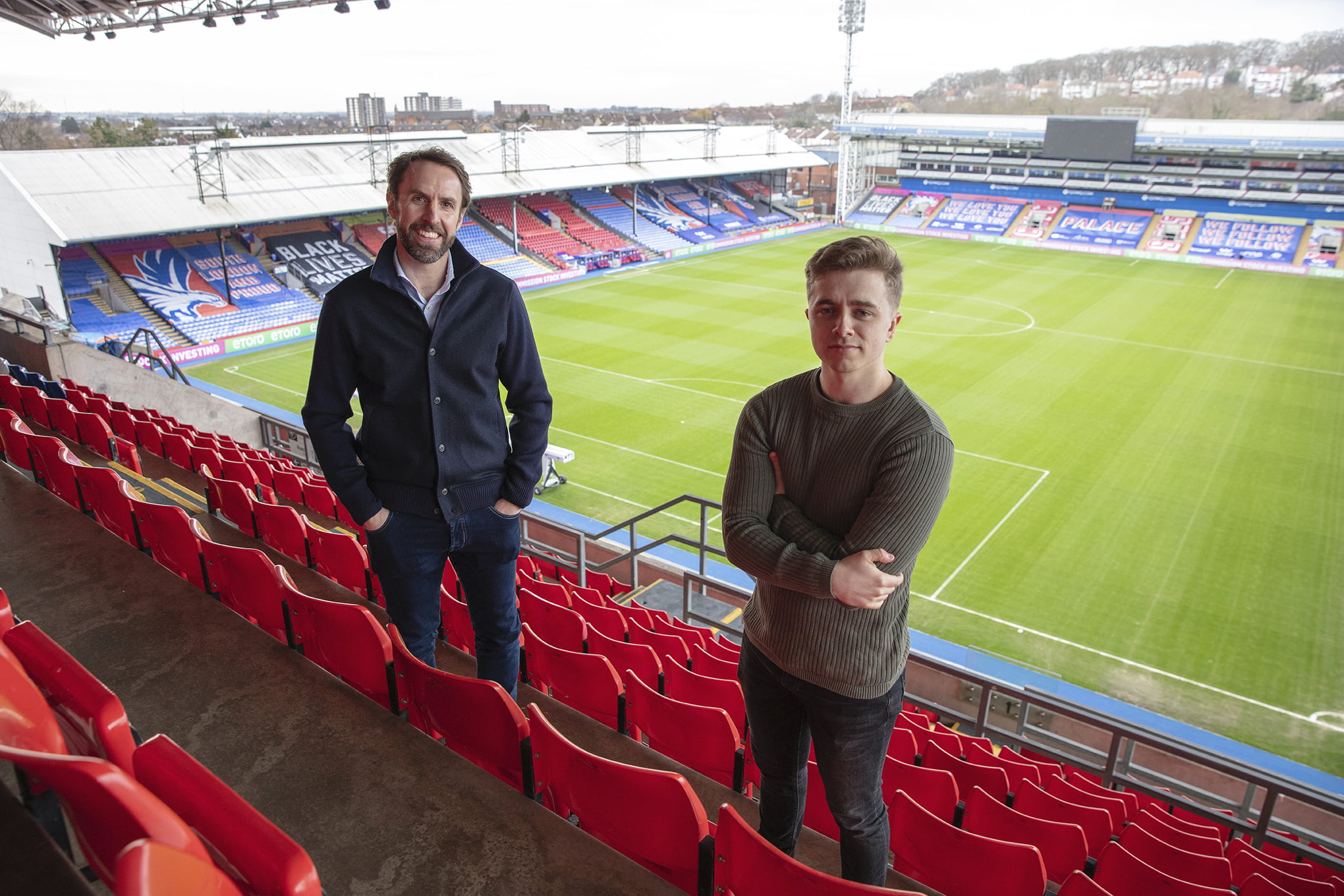
Coming up on the platform later this year is Seat at the Table, a series in which YouTube creator and climate-change activist Jack Harries speaks with local creators, communities and campaigners across multiple continents to discover the untold human and environmental stories behind the climate crisis. Armed with on-camera testimonies, Harris will put together a film to show to world leaders at climate-change conference COP26 in November, challenging them to take action.
“The political and the personal aren’t bifurcated for young people. They expect political issues to be dealt with in synthesis with the dramatic questions their characters are contending with. What they watch is a reflection of who they are — it’s what they post about on socials, talk about with friends or create fandom content about. As they become politically engaged and aware of environmental issues, they want that to be represented in their content,” says Unless Pictures’ O’Connell.
For O’Connell, TikTok represents “the biggest change in the landscape” over the past year or so in the teen content space, not just due to its user-generated videos but also since the production of drama series like Scattered and Love Songs, which each comprise episodes of one minute in length, for the platform.
Felicity McVay, director of content at TikTok Australia, praises the platform for its ability to “elevate underrepresented or marginalised voices.” Speaking at C21’s Content Australia On Demand in June, the exec said: “When I think of TikTok, I think of really niche or diverse creators, whether it’s an indigenous chef, a female-to-male trans rights activist, a male make-up artist and advocate for the LGBTQIA+ community, or an indigenous female astrophysicist. There is just such great diversity.”
Streaming and platforms like TikTok may have encouraged a trend for teens to stay cooped up in their bedrooms glued to their mobile phones, but lockdowns during the Covid-19 pandemic have provided a return to family co-viewing. Will this be short-lived though, as restrictions ease and life begins to get back to normal?
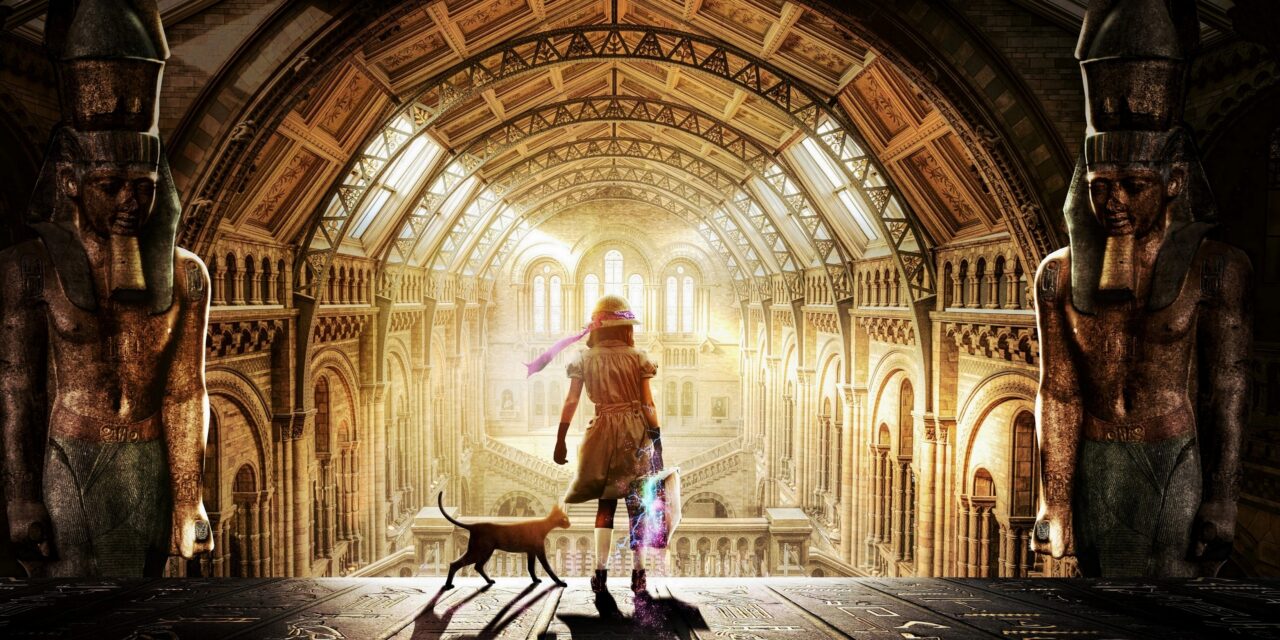
“I’m hopeful that part of that [trend in co-viewing] will stay, but I know the reality is when there’s more freedom, people become more separate,” says YouTube’s Hyams. “I’m definitely out there commissioning stuff that I think can predominately reach a young audience but that they could watch with older people in the family as well. So I hope it wasn’t just a passing pandemic trend and it actually does last.”
For David Michel, CEO and co-founder of France-based Cottonwood Media, teenagers were never part of the family co-viewing experience to begin with.
“Family co-viewing is still a growing trend, but to me it means adults and kids aged nine to 14, not the core teen audience. I don’t think they want to watch shows with their parents. The thing about TikTok is there’s something intimate about it. It’s on your phone, it’s very personal. It’s almost the opposite of what we’re doing in TV. So there is a huge trend for family co-viewing, but not for the teen bracket,” he says.
Cottonwood is behind youth-focused series like Find Me in Paris for Hulu and upcoming drama Theodosia for HBO Max, but while these shows feature teenage protagonists, they attract a wider age range, according to Michel.
“Teenagers will watch adult content, they will watch sports, they will watch primetime features, they will watch horror movies, but they will not watch shows that are made for teenagers,” the exec says. “We work in an aspirational business – preschoolers want to be 6-11, 6-11s want to be tweens, tweens want to be teenagers and teenagers want to be adults.

“Find Me in Paris really spoke to its audience because it’s not trying to be a show for teens. It’s a premium primetime show that happens to star teenage protagonists, but the story we’re telling is an adult story. It’s set at a ballet school and the characters have teenage worries, but the narration and the plot look like they could come from an adult series. That’s what really made it stand out. We’re trying to not look down or to talk down to the audience.”
Stine Meldgaard, producer at Danish prodco SAM Productions, which makes teen fantasy drama Ragnarok for Netflix, shares a similar opinion to Michel.
“We never talk as if we’re producing for teenagers or adults. We don’t say, ‘This should be for teenagers and so we should do this or do that.’ We’re trying to make something that’s not specific for teenagers, but is for a wider audience, something that parents would watch too. It’s important that we think of teenagers as we would think of any anybody else and that we don’t patronise them,” she says.
Teen audiences have been somewhat elusive to TV companies over the years, proving to be fairly hard to reach by traditional broadcasters. They now have a heavy presence on streaming platforms and apps, but is that the only way to reach them?
“Teens have shifted their viewing habits from YouTube to Snapchat to TikTok over the past few years. But they’re not just interested in those platforms because they’re easily accessible on phones, it’s because those platforms distribute the kind of content they’re interested in,” says Unless Pictures’ O’Connell.
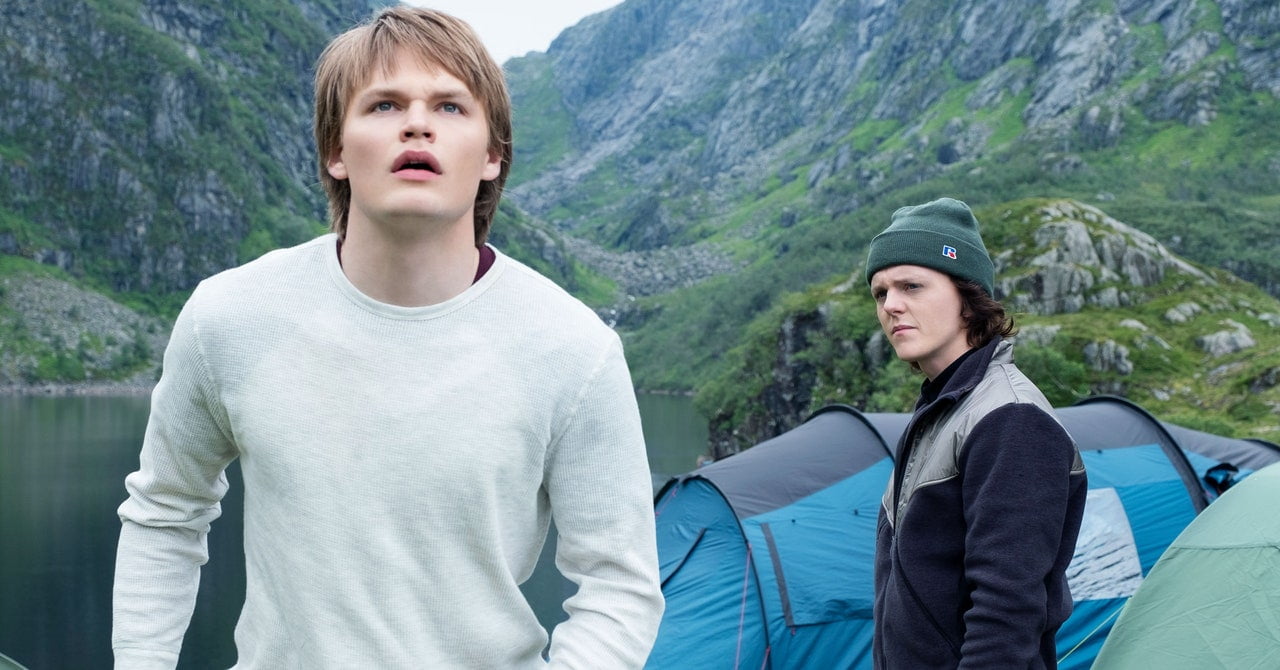
“Platforms like Snapchat and TikTok have the dual mandates of content-creation and content-consumption, meaning their audiences can engage with content while also responding with their own. But they additionally don’t underestimate teenagers’ taste and intelligence and instead provide them with nuanced and artistic takes on things they’re interested in and from perspectives they identify with.
“That doesn’t mean they won’t engage in longform. I’m sure the opposite is true — that their limitless desire to be seen and appetite for content make longform and traditional broadcasting a space they long for too. Puberty Blues was recently rereleased on Netflix, triggering a wave of TikToks about the show. New teens and old fans of the show are watching it on Netflix and it is organically trending on TikTok through fan edits and memes.
“Gen Z are so embedded in social media that they might be easier to reach on socials, but that doesn’t mean they won’t watch longform if the content captures their attention. They will always be posting or repurposing longform content on shortform platforms — it’s their way of engaging with a show.”
YouTube’s Hyams holds a similar view, noting that teenagers will be drawn to wherever strong, relatable content is.
“It’s very unlikely or hard for young people who are in this world of YouTube Shorts and TikTok to be able to say they’re really excited about some offering that a terrestrial broadcaster is doing for teens. There’s a language you get from digital creators and social platforms that is so much more unfiltered than anything you could get from broadcasters. And while you can get some stuff that is really well curated and has a lot of artistic merit, this generation is more in tune with the slightly more unfiltered, more reflective content that they can get from people who are nearly their peers on the social platforms,” Hyams says.

“Having said that, there’s always a place for well-written, well-produced, high-quality entertainment. The broadcasters have to realise that what they’re doing is something different to what’s happening on these social platforms, and that while there are things they can learn from, there are also things they can do that aren’t as easy to do on social platforms.
“There’s a massive opportunity to communicate to young people through story and the broadcasters can do that. They can do stuff like [Channel 4 drama] It’s a Sin, for instance, which is a great example of something that really contextualised the 1980s AIDS crisis for the young people of today. Broadcasters have to be brave and they have to make those investments because they can really influence young people’s moral compasses and change lives with well-curated, high-quality content. There’s definitely still a place for the broadcasters [among teen audiences].”
Cottonwood’s Michel, however, is less optimistic. “My feeling is this demographic will never want to watch much television. It’s a way of rebelling, just like when I was younger we would listen to FM radio, today it’s TikTok and YouTube etc. TV is what your parents are watching; TV is not cool,” he says.
“As a producer, our job is not to mimic TikTok because we’ll never do it as well as they do. Our job is to be as different to TikTok as possible and propose a high-budget, premium offering that teens would never find on TikTok.”